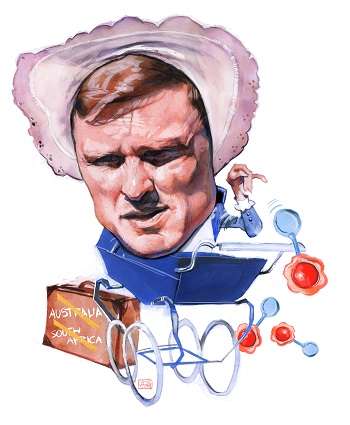
 Chris Ashton is a maverick. Ever since he crossed codes by leaving Wigan for Northampton he has never been far from the headlines. Whether it was scoring a record number of tries for the Saints in their single season Championship bounce-back to the Premiership, or the furores around his “Ash-Splash” try the-dives for England, his contentious transfer to Saracens, all the gamesmanship that has frequently landed him in hot water, Ashton has been a controversial figure.
Chris Ashton is a maverick. Ever since he crossed codes by leaving Wigan for Northampton he has never been far from the headlines. Whether it was scoring a record number of tries for the Saints in their single season Championship bounce-back to the Premiership, or the furores around his “Ash-Splash” try the-dives for England, his contentious transfer to Saracens, all the gamesmanship that has frequently landed him in hot water, Ashton has been a controversial figure.
Nothing changed this week when the Saracens wing, who has been at his sharpest as a finisher this season, decided to withdraw from the Saxons tour of South Africa. After Ashton had scored twice in last weekend’s Premiership semi-final rout of Leicester at Allianz Park the club’s rugby director, Mark McCall, said that he expected all of Saracens England players, “plus Chris Ashton”, to get into the senior squad to tour Australia.
Ashton clearly expected it too, and was bitterly disappointed that he had failed to make the top squad, turning down the development trip to South Africa because, “his head wouldn’t had been in the right place”.
Ashton had reason to feel aggrieved on two fronts, but in my view neither were sufficient to tempt international suicide – which is what his withdrawal could lead to. The first was dealt to him by the hand of fate, with an overzealous European Cup disciplinary panel banning him for 10 weeks in February after he put his hand across the face of Ulster’s Luke Marshall.
Many media commentators, including former England internationals Austin Healey and Toby Flood, condemned the ban. They said it was overly harsh for an offence that was not eye gouging, and was accidental rather than reckless, and therefore not worth more than a fortnight’s ban. I share the view that, because there was a significant element of doubt, it should not have been deemed gouging and that Ashton should have received less than a month.
Ashton is not the first player to fall foul of the inconsistency in disciplinary sanctions rife at the elite end of the game, and the timing could not have been worse because he was in the England Six Nations squad and had a good chance of being in the 23 for the opener against Scotland. Instead, the ban ruled him out for the entire Grand Slam campaign, giving Ashton the senior tour Down Under as his next goal.
What will have churned up Ashton’s emotions even more was that the second blow came from the hand of Eddie Jones, with the England head coach leaving him out in favour of Marland Yarde.
The reality is that Yarde’s lacklustre impact at Harlequins over the past two seasons has not come close to matching Ashton’s form for Saracens over the same period. Even allowing for the fact that Ashton has had top of the range supply from the best team in Europe, while Yarde’s has been piecemeal, it will have seemed to Ashton that he had been given the brush-off by Jones.
 Set against that, the last time Ashton and Yarde were in an England squad together, on the 2014 tour to New Zealand, it was Yarde who wrote his name largest. He finished the tour as England’s best back, scoring two impressive Test tries against New Zealand, the first of which came after he had crashed through Richie McCaw.
Set against that, the last time Ashton and Yarde were in an England squad together, on the 2014 tour to New Zealand, it was Yarde who wrote his name largest. He finished the tour as England’s best back, scoring two impressive Test tries against New Zealand, the first of which came after he had crashed through Richie McCaw.
Added to which, if Ashton believes Yarde is the equivalent of teacher’s pet, Jones corrected that impression with a typically no-frills assessment of the Quins wing on the eve of the Wales game.
Jones said: “There is no doubt that England players have had it too easy and been handed caps. Marland Yarde is a great example. He went on the Argentina tour (in 2013) and scored a couple of tries, went to New Zealand and ran over the top of Richie McCaw, and then you did not see him for two years. What has he been doing? He was not working hard enough at his game – and now he is.”
Jones obviously feels that Ashton, despite a tally of 19 tries in 39 England Tests before he fell out of favour in 2014, has also come by his caps too easily. He has also told Ashton recently that he has areas to improve – with high-ball work and defence probably top of the agenda.
By going on the short Saxons tour to South Africa the Saracens wing could have shown a willingness to do that. By the same token, if he wants to play for England again, he has played a dangerous game by ruling himself out.
Jones said on Friday that he had no discussion with Ashton about his decision to opt out of the tour, and this contradicted a Saracens press release. The England coach added: “He decided he would not go on the tour. What he does after that is up to him.”
When pressed on whether this would rebound on Ashton, Jones replied: “It will not count against him as long as he plays well and addresses the issues he has to address.”
Given that Ashton has decided not to address them on the Saxons two-week trip to South Africa – despite having served an enforced 10 match absence this year – he will start next season with a huge amount of ground to make up. And while Jones hasn’t ruled him out, you sense that, barring an injury crisis, the gap between the maverick wing and England may just have become unbridgeable.





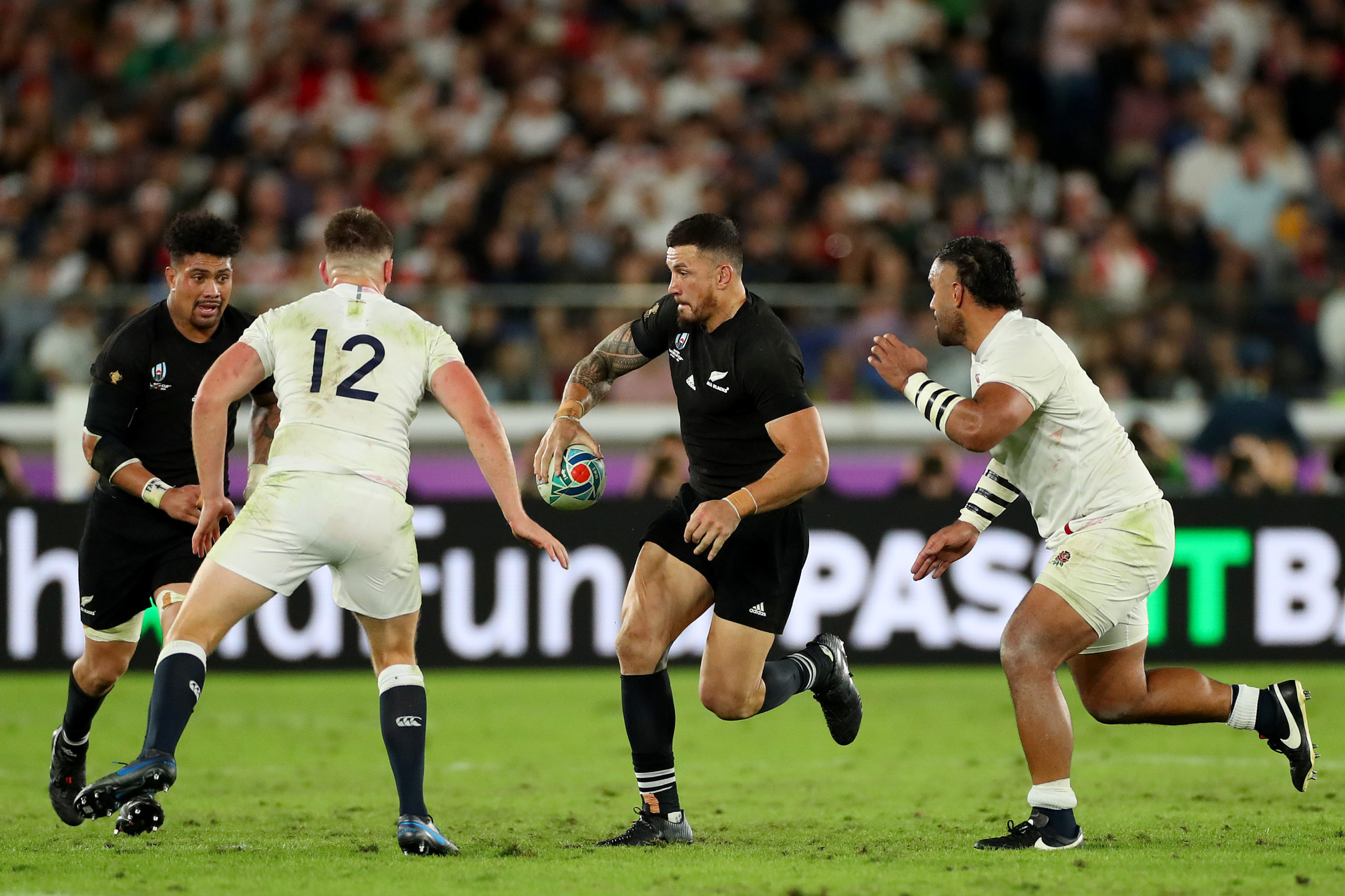








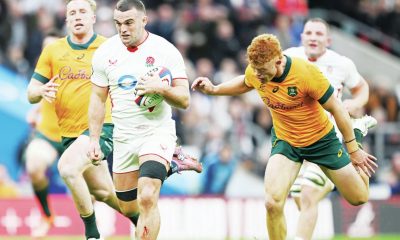





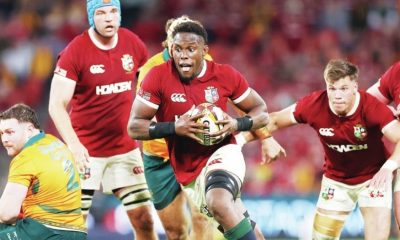


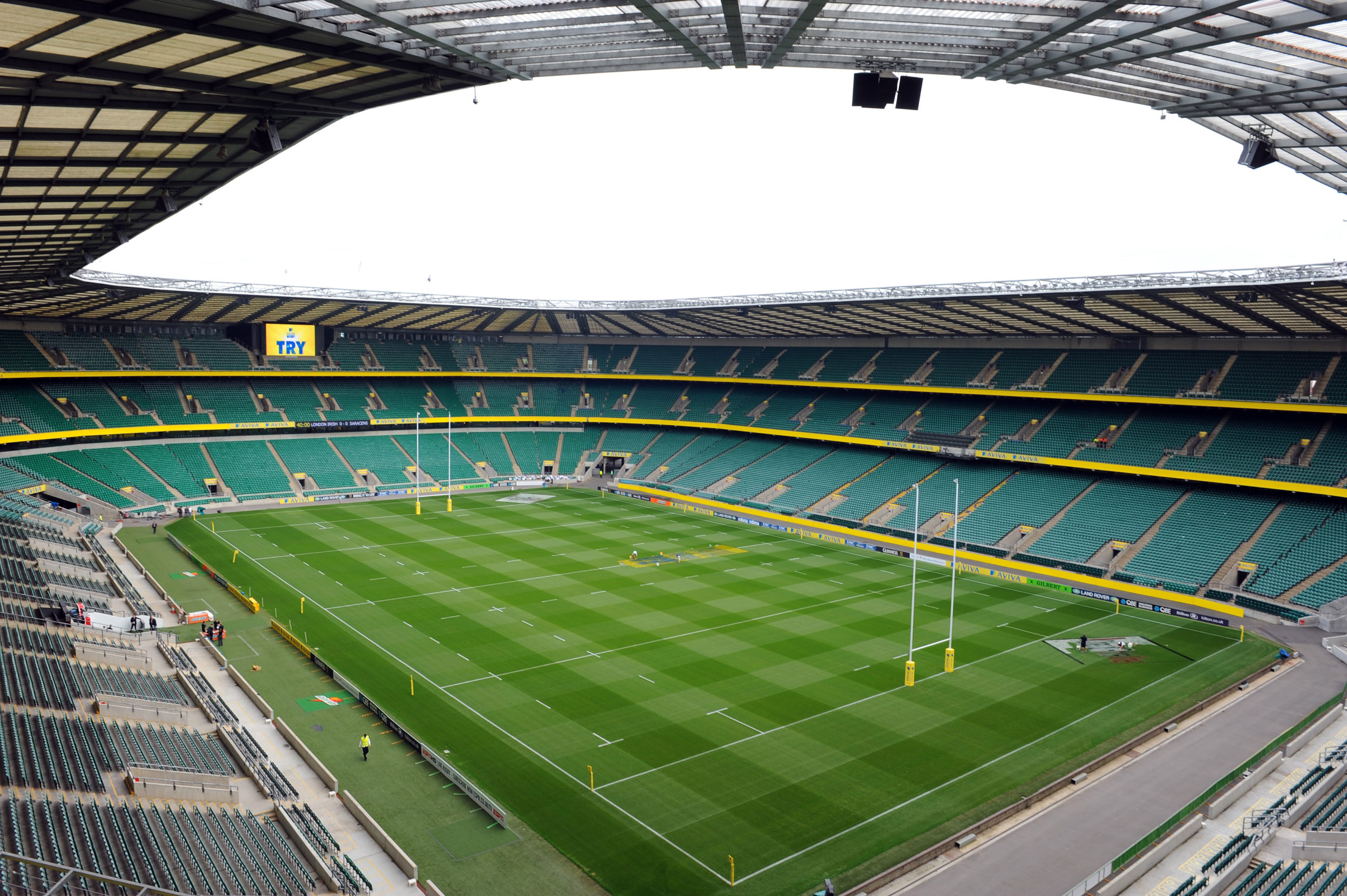

You must be logged in to post a comment Login